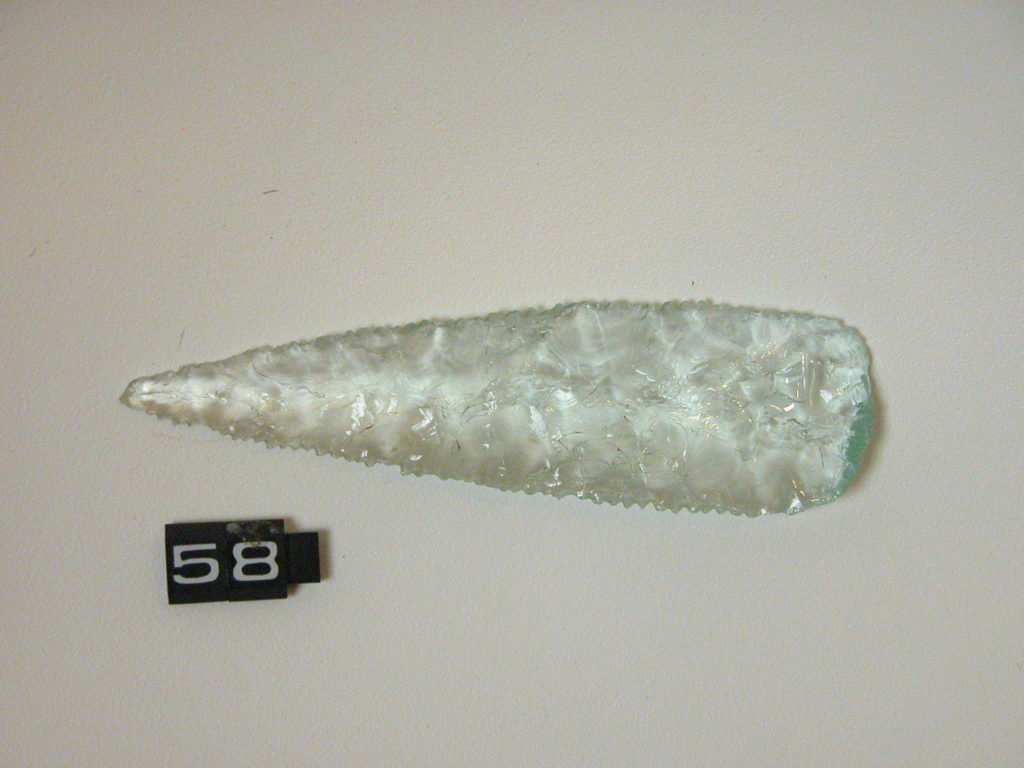
Aboriginal arrowhead
Made from the glass of a discarded bottle.
Reference: CANCM:nn
Can be found: GlassMaterials and Masters

Blue beads
Beads made from blue, red and ‘milles feuilles’ glass.
Reference: CANCM:nn
Can be found: GlassMaterials and Masters

Dolls house glass and miniature perfume sample bottles
Bequeathed by Miss G H Veraguth to the daughter of Dr Wynn and presented to the Museum in memory of Miss Veraguth, 1974
Reference: 9870
Can be found: GlassMaterials and Masters
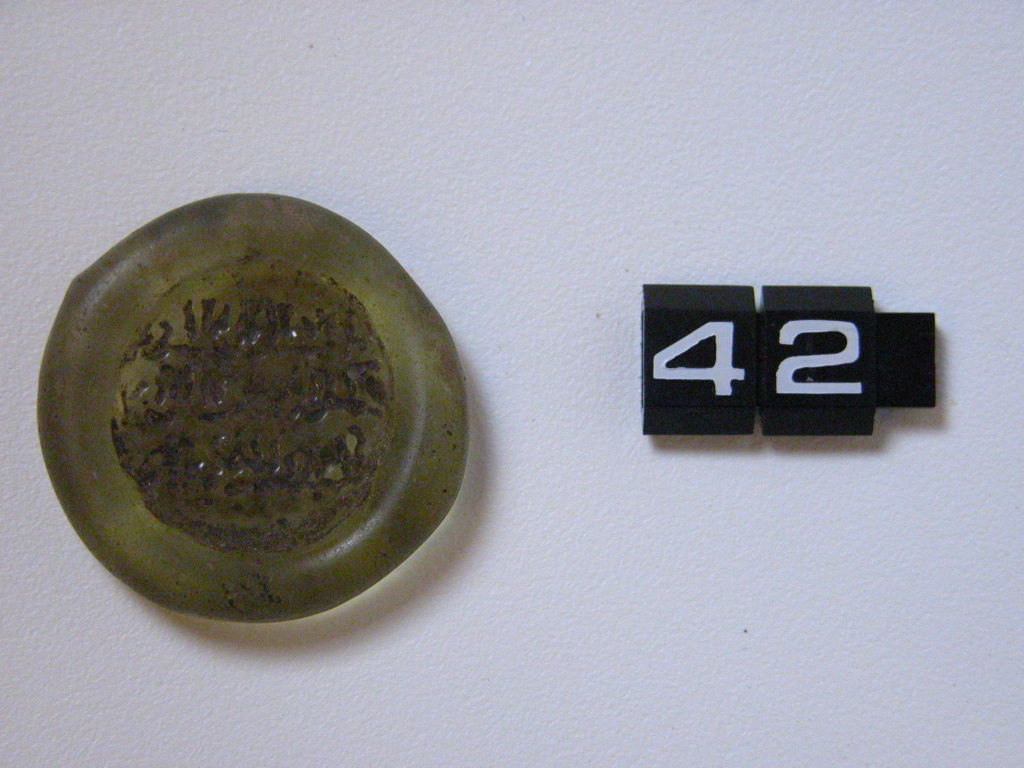
Egyptian buttons or counters and money weight
Glass buttons or counters found in Egypt. The ancient Egyptians were the first to make coloured glass objects.
Several presented by Lt Col Copeland
Reference: 2100, 2039, (nn)
Can be found: GlassMaterials and Masters

Glass slag
A lump of glass made from molten Silica.
Reference: MDB.499
Can be found: GlassMaterials and Masters
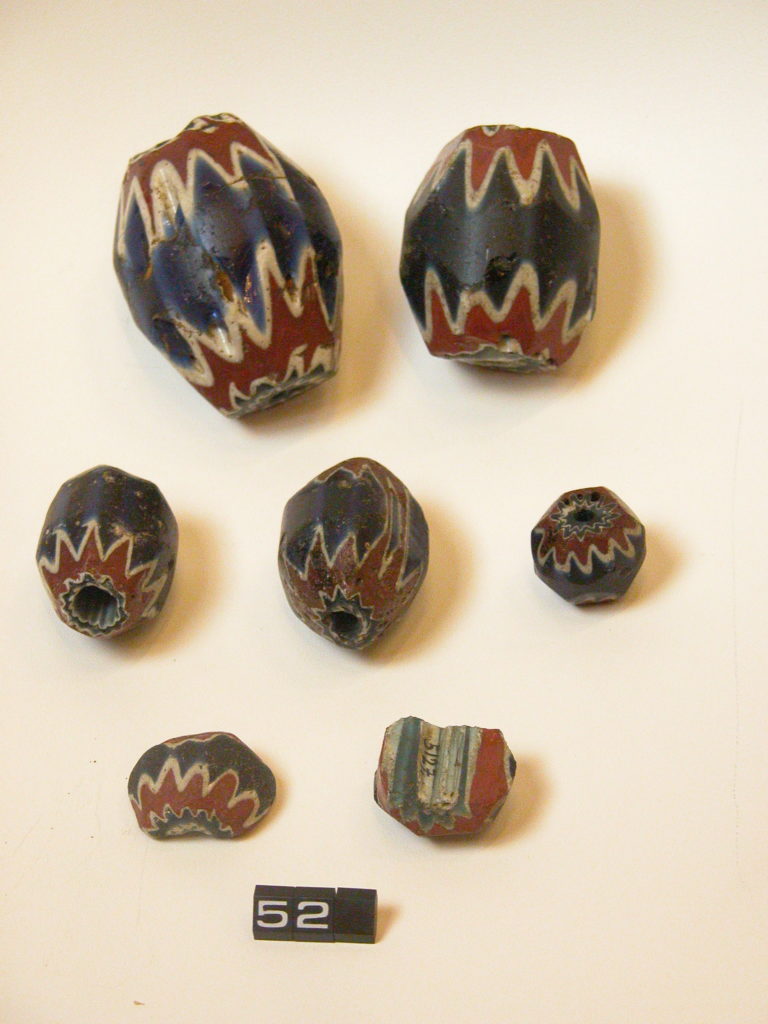
Large blue beads with chevron patterns
These beads are of unknown date and have been variously described as Egyptian, Medieval and Renaissance. The two halves of bead show how the colours are added by progressive dipping and coating.
Several presented by Lt Col Copeland and John Brent
Reference: 2131, 1983, 1982, 2607, 2613, 1998, 5127
Can be found: GlassMaterials and Masters
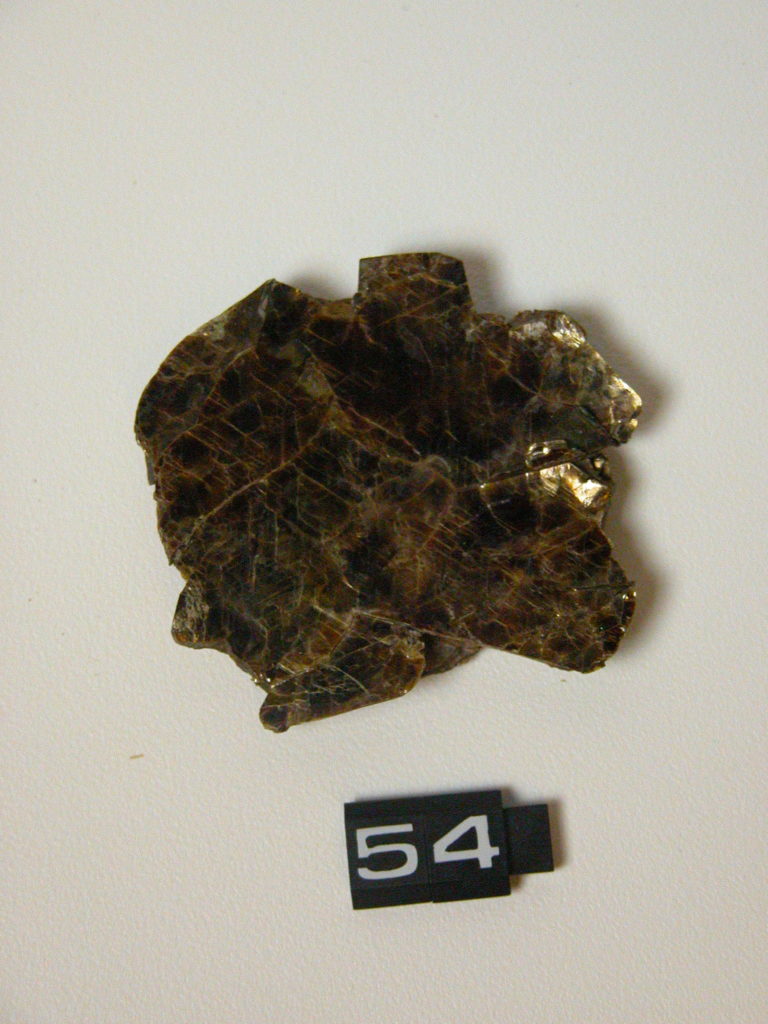
Mica
The mineral Mica is a Silicate that forms in very thin layers; the single sheet shows how transparent it can be. It was known as Muscovy Glass. Mica is mainly white but there is a black variety containing iron.
Reference: O.I.24, D4.B468, 2006.25, D4.B470, (nn)
Can be found: GlassMaterials and Masters

Milles feuilles brooches
Coloured opaque glass can be used to fill small compartments of metal objects, and is known as enamel. Decoration using tiny compartments is known as milles feuilles – French for millions of leaves.
Reference: 1995.17.1-2
Can be found: GlassMaterials and Masters
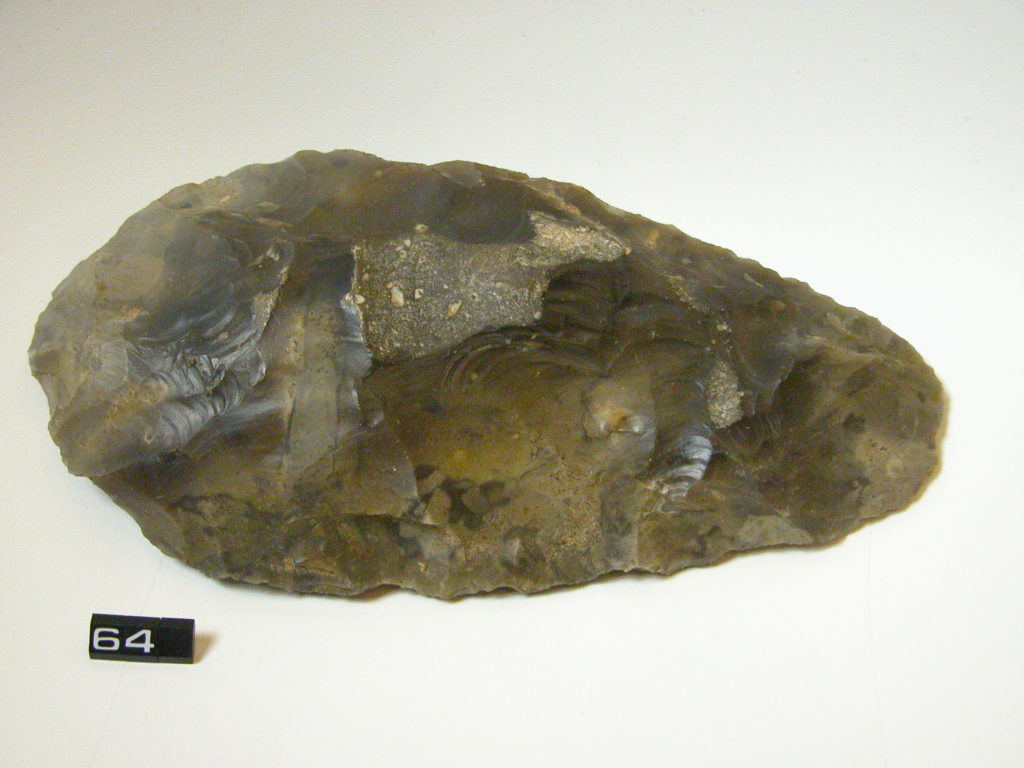
Prehistoric flint hand-axe
Flint is a variety of quartz. It is strong and heavy but can also be chipped away to create very fine sharp edges.
Reference: 430.L.1963/4
Can be found: GlassMaterials and Masters
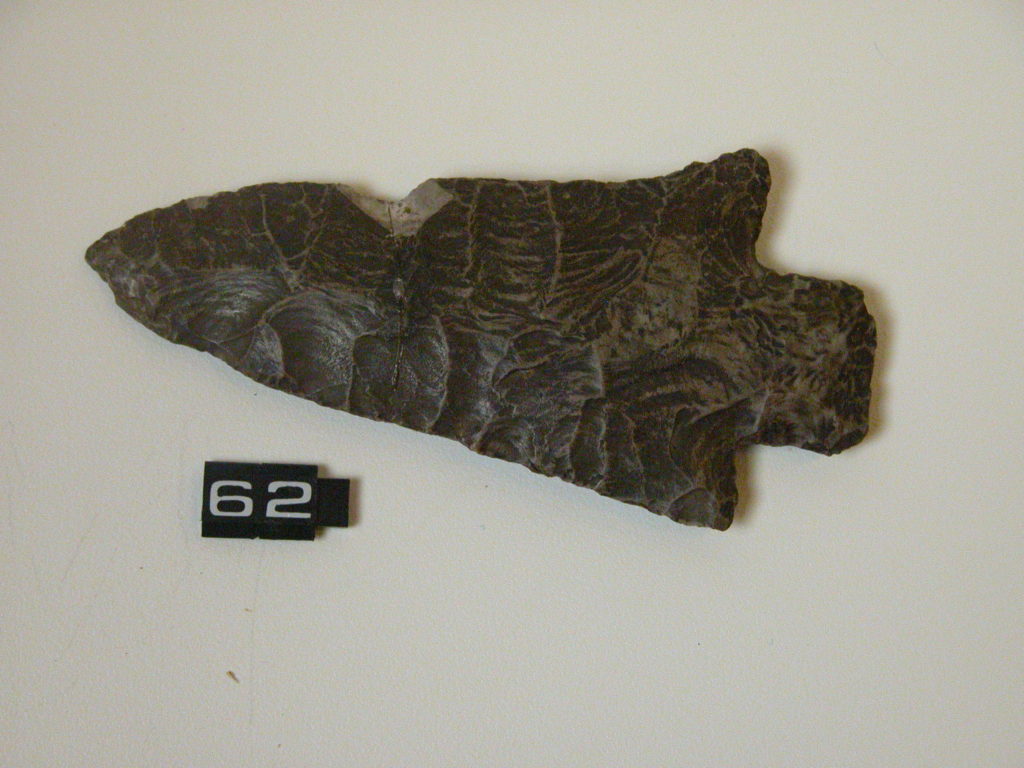
Prehistoric flint lance head, knife and spearheads
Flint is a variety of quartz. It is strong and heavy but can also be chipped away to create very fine sharp edges, sometimes serrated, as in these examples.
Several presented by Lt Col Copeland
Reference: 296, 764, 396, 394
Can be found: GlassMaterials and Masters

Rock crystal
Quartz is a silicate that can form large clear crystals, known as Rock Crystal, or dark opaque lumps, known as Flint.
Reference: CANCM:nn
Can be found: GlassMaterials and Masters
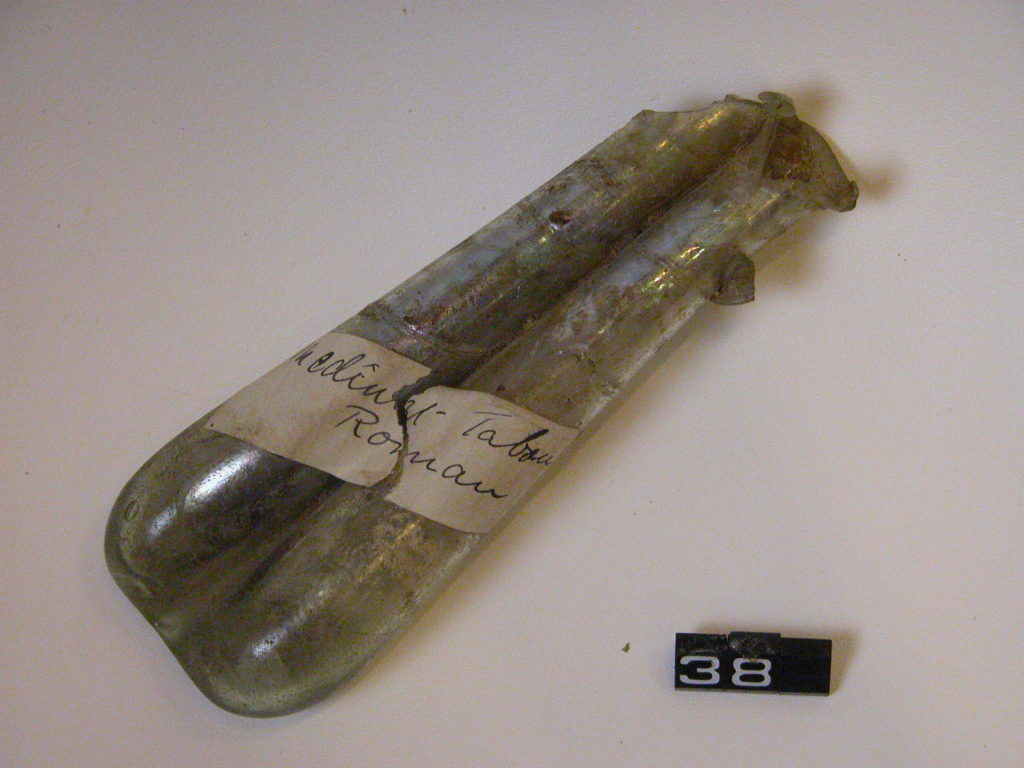
Roman bottles
These small bottles include many found during excavations in Canterbury. The double one has a label identifying it as found in Medinet-Tabou (Habou?) in Egypt. The bottles would have contained perfume, cosmetics, medicine and similar.
Reference: 6146, E11 and nn
Can be found: GlassMaterials and Masters
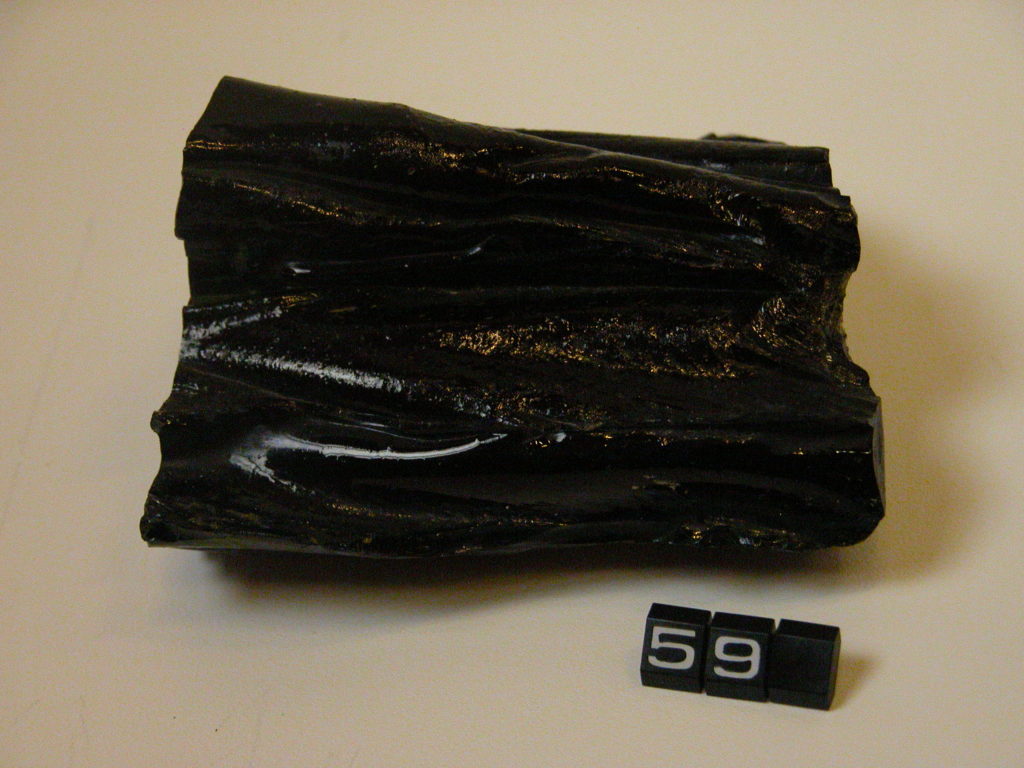
Ropy obsidian
Obsidian is a glassy rock formed through cooling of volcanic lava so fast that few crystals form. It can be black or green (like examples in Colour and Camouflage), and sometimes ropy, like this piece.
Reference: K 334
Can be found: GlassMaterials and Masters
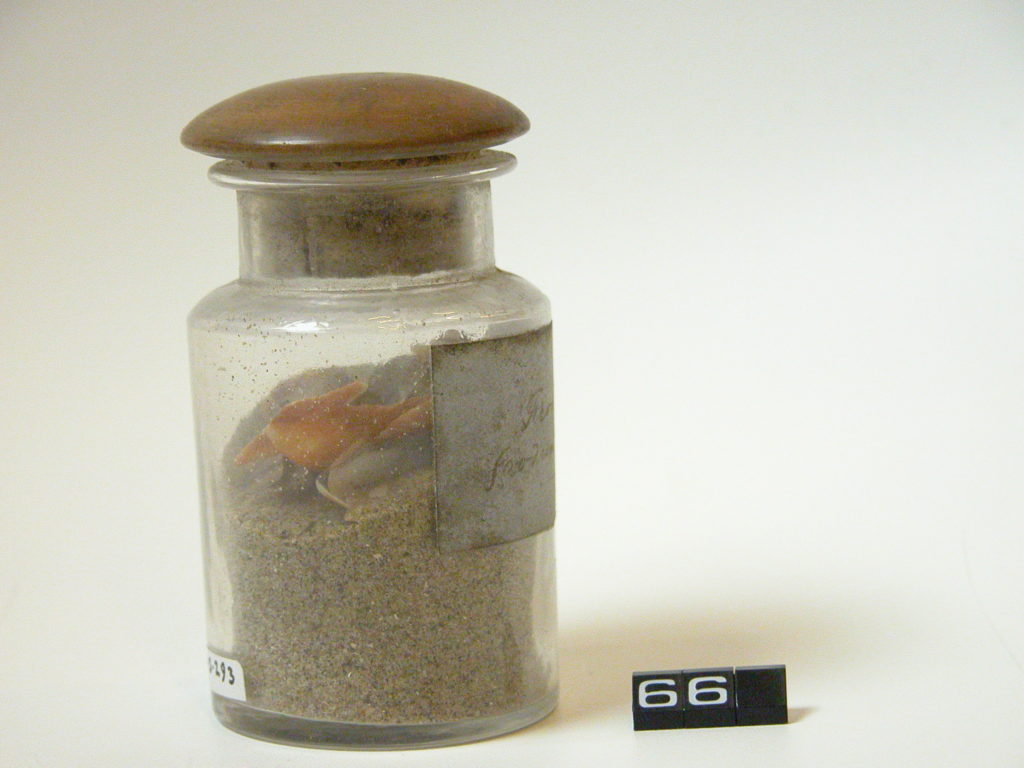
Sand in a jar
Sand is made of silica – glass.
From the collection of Rev V. P. Bowen
Reference: 1984.3.293
Can be found: GlassMaterials and Masters

Selenite
Transparent Selenite is a variety of Gypsum, a hydrated calcium sulphate.
From the collection of Mr J. E. Cooper
Reference: 2004.148
Can be found: GlassMaterials and Masters

Venus flower basket
The skeleton of an ocean sponge, known as Venus Flower Basket, is made of silica by the soft-bodied creature living inside. David Attenborough chose the Venus Flower Basket as one of the amazing creatures he would save if he had an ark, in a recent TV series.
Reference: CANCM:nn
Can be found: GlassMaterials and Masters
